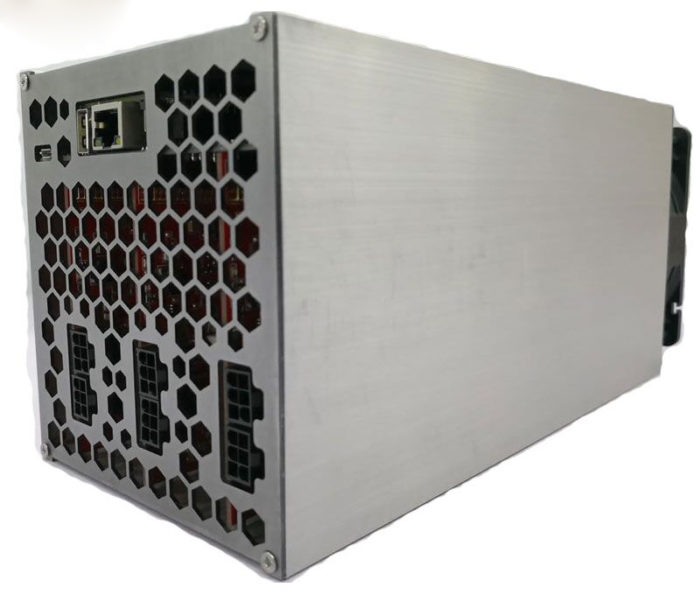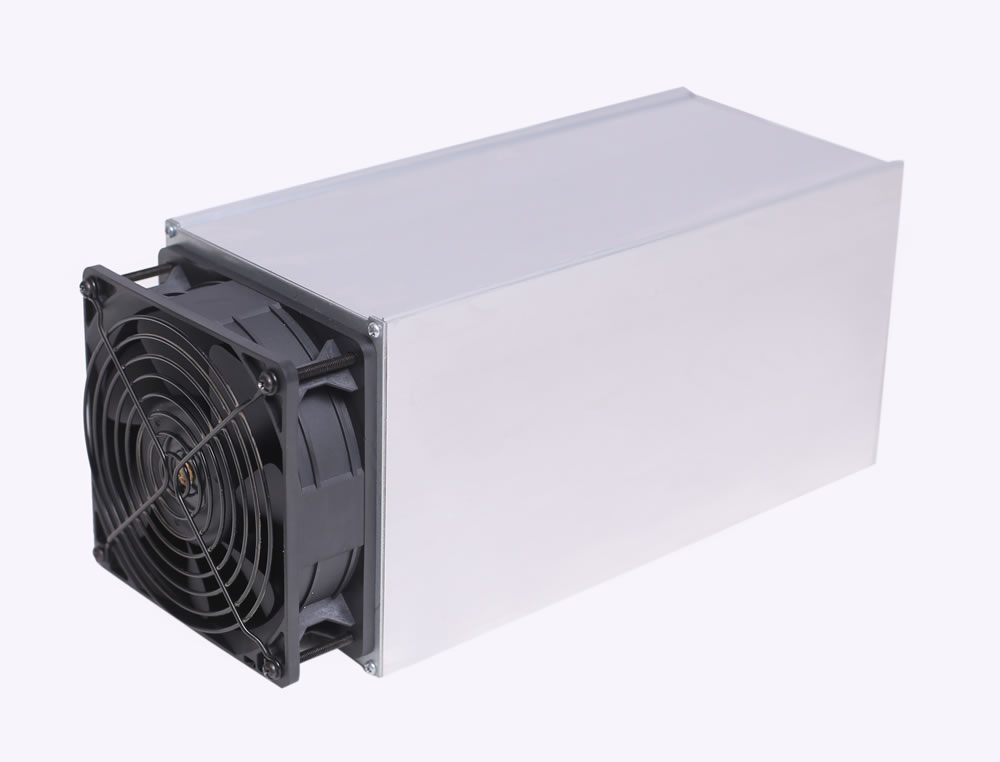The Baikal Giant B miner, released in January 2018, represented an early attempt to create a versatile ASIC miner capable of handling multiple algorithms. This essay will examine its historical context, technical specifications, advantages, disadvantages, and its overall viability in today’s cryptocurrency mining landscape.
Historical Context and Initial Impact
The cryptocurrency market in 2017 was characterized by explosive growth and increasing mainstream attention. Bitcoin’s price surged, and numerous alternative cryptocurrencies (altcoins) emerged, each utilizing different hashing algorithms. This created a demand for mining hardware that could adapt to the shifting landscape. The Baikal Giant B miner was introduced during this period, promising multi-algorithm support. This was a notable departure from the single-algorithm ASICs that dominated the market.

The initial promise of the Baikal Giant B was its ability to mine Blake256R14/R8, Blake2B, and Pascal/Lbry algorithms. This versatility offered miners the flexibility to switch between different cryptocurrencies based on profitability. At the time of its release, this was an attractive proposition, as it mitigated the risk of being locked into a single, potentially declining, cryptocurrency.
Influential individuals in the development and popularization of ASIC mining include figures like Hal Finney, who was an early Bitcoin adopter and miner, and the engineers and entrepreneurs behind companies like Bitmain, who were instrumental in scaling up ASIC production. While specific individuals directly associated with Baikal are less prominently known, their contribution to the multi-algorithm ASIC market was significant at the time.
Technical Specifications and Performance
The Baikal Giant B miner boasted the following specifications:
These specifications placed it in a competitive position against other miners available in early 2018. Its multi-algorithm support gave it an edge over single-algorithm miners, although its hashrates were not always the highest for each individual algorithm.
The performance of the Baikal Giant B was heavily dependent on the specific algorithm being mined and the prevailing market conditions. For algorithms like Blake256R14/R8, it provided a decent hashrate for its power consumption, making it potentially profitable for miners with relatively low electricity costs. However, its efficiency on other algorithms was less impressive, and newer ASICs and GPUs soon surpassed its performance.
Advantages and Disadvantages Profitability Analysis
The profitability of the Baikal Giant B miner has fluctuated significantly since its release. Initially, its multi-algorithm support allowed miners to capitalize on the varying profitability of different cryptocurrencies. However, as newer, more efficient miners entered the market, the Baikal Giant B’s profitability gradually declined.
Today, the profitability of mining with the Baikal Giant B is highly dependent on several factors:
Considering these factors, it is unlikely that the Baikal Giant B miner would be profitable for most miners in 2023, especially those with average or high electricity costs. The cost of electricity and the lower hashrate relative to newer miners would likely outweigh any potential earnings.
Current Market Value and Availability
The price of the Baikal Giant B miner has decreased significantly since its release. Originally priced around $3600 USD, it can now be found for a fraction of that price on various online marketplaces. However, the price varies widely depending on the condition of the miner, whether it includes a PSU, and the seller’s reputation.
As of late 2023, listings can be found with prices ranging from $149 to $1599. The lower-priced listings often omit the PSU or may be for used miners with potential wear and tear. Higher-priced listings may be for new or refurbished units, but the prices are often inflated.
Potential buyers should exercise caution when purchasing a Baikal Giant B miner. It is essential to thoroughly research the seller, verify the condition of the miner, and factor in the cost of a PSU if one is not included. Purchasing a used miner carries the risk of encountering issues such as chip degradation, fan failures, or other hardware problems.
Alternative Mining Options
Given the age and efficiency of the Baikal Giant B miner, several alternative mining options may be more profitable and practical:
Choosing the right mining option depends on individual circumstances, including electricity costs, technical expertise, and risk tolerance.
Future Developments and Long-Term Viability
The future of multi-algorithm ASIC miners is uncertain. While the Baikal Giant B miner represented an early attempt at versatility, it has largely been surpassed by newer, more specialized ASICs. The focus in the mining industry has shifted towards optimizing performance for specific algorithms rather than providing broad multi-algorithm support.
However, there is still potential for future developments in multi-algorithm mining. If new cryptocurrencies with unique hashing algorithms gain popularity, there may be renewed demand for miners that can adapt to these algorithms. Additionally, advancements in ASIC design and manufacturing could lead to more efficient and cost-effective multi-algorithm miners.
In the long term, the viability of the Baikal Giant B miner is limited. Its age, relatively low efficiency, and the availability of newer, more powerful mining hardware make it increasingly difficult to justify its use. It is likely that the remaining Baikal Giant B miners will eventually become obsolete, relegated to the status of historical artifacts in the ever-evolving world of cryptocurrency mining.
The Baikal Giant B miner was a notable entry into the cryptocurrency mining market, offering multi-algorithm support at a time when versatility was highly valued. However, its age, efficiency limitations, and the emergence of more specialized ASICs have diminished its viability in today’s mining landscape. While it may still be profitable for miners with exceptionally low electricity costs and a deep understanding of the cryptocurrency market, alternative mining options are generally more practical and profitable. The Baikal Giant B miner serves as a reminder of the rapid pace of innovation in the cryptocurrency industry and the importance of continually evaluating the performance and profitability of mining hardware.

Summary of the Baikal Giant B Specifications:
- Chip boards: 3
- Fans: 1
- PSU Cables: 6 * 6pins
- Network Type: Ethernet
- Operating Temperature: 40 °C
- Weight: 3.8 kg
- Noise level: 65 db
Summary of the Baikal Giant B Mining Hashrate :
- BLAKE256R8 Mining Hashrate : 160 GH/s
- BLAKE256R14 Mining Hashrate : 160 GH/s
- Decred (DCR) Mining Hashrate : 160 GH/s
- Lbry ( LBC ) Mining Hashrate : 40 GH/s
- Pascal [ (PASC) & (PASL) ] Mining Hashrate : 40 GH/s
- SIACOIN (SC) Mining Hashrate : 80 GH/s
Power Consumption :
| Algorythm | |
|---|---|
| Blake256R14 | |
| Blake256R8 | |
| Blake2B | |
| Lbry | |
| Pascal |





NEON has taken what DASH tried to be and made it even better. Masternodes earn 90 of the block reward and are not required to use third-party software such as Python and/or Sentinel, to run a Nucleon Masternode. Nucleon is the first coin to feature Internal Sentinel, which is hardcoded into the wallet and automatically run and will be fully configured for you.. inside the wallet! If you are a MINER, then there is even more in NEON for you because it uses the brand new, top of the line, VRX/Velocity Difficulty Retargeting Algorithm. This means blocks are reliable not only by difficulty, but also by actual time!